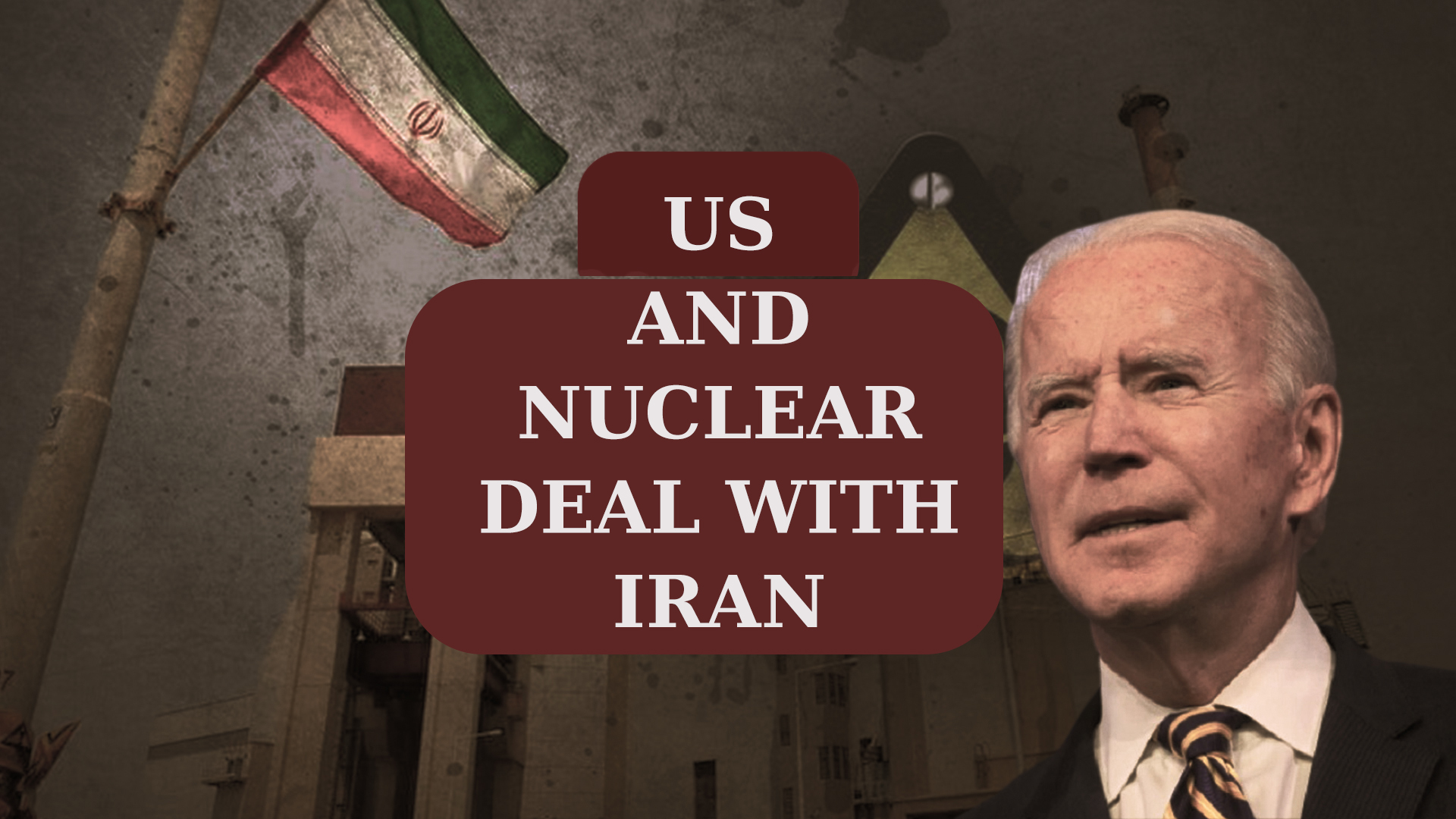US and nuclear deal with Iran

With the coming of his administration to power, Joe Biden worked on strengthening the role of the US and reformulating the US global policy to confront both the Chinese economic and Russian military threats, as Biden has become aware of the extent of the damage caused to the US as a result of the policy of his predecessor, Donald Trump. Trump’s withdrawal from the nuclear deal in 2018 and his failure to pressure Iran to reformulate a new deal made China, which faces economic sanctions along with Iran, take the opportunity to conclude a 25-year cooperation agreement of 400 billion dollar with Iran to strengthen their long-term economic and political relationship, which serves its economic project. China is fully aware of the importance of Iran’s position to complete its project and move towards the Middle East, where Iran is the gateway to the region.
From here, we realize the extent of the US desire to re-negotiate with Iran and restore confidence through step-for-step. Biden pledged to let his country back to the deal on the condition that Iran first, commits to all of its provisions. However, by concluding such an agreement with China, Iran is able to put pressure on the US and dictate some of its conditions on it and return to the old agreement. Iran implicitly wants to return to the old version of the nuclear deal, but with guarantees that the US will not withdraw from it in the future. Despite the benefits it will reap from China, Iran is aware of the consequences of continued US sanctions on its economy, and it fears the US response by imposing more sanctions, in addition to its nuclear facilities being subjected to sabotage, and thus, it is forced to make concessions to China in order to mitigate the effects of these sanctions.
With its struggle with China economically and with Russia militarily, the US is unable to win this conflict. Also, there are differences between the US and the countries of the Middle East – Iran, Turkey and Egypt – in addition to other crises the region is witnessing. Both China and Russia have exploited these differences and crises by signing long-term agreements in their favor: China-Iran agreement, Russia and the Syrian regime agreement, and Russian-Turkish cooperation. So, in order for the US to be able to confront the Chinese-Russian threat, the region may witness the return of the US to the nuclear deal in the near future and the rebuilding of confidence between the two countries. It is not strange also to witness peace negotiations between Iran and the Gulf states under European or international auspices, put political, economic and military pressure on Turkey to disengage from Russia, and solve the Grand Ethiopian Renaissance Dam crisis between Egypt and Ethiopia. The creative chaos that used to serve the US interests has now become a burden on it and serves the interests of China and Russia.
In this context, Iran has come under the mercy of the Chinese dragon, which has become Iran’s gateway to alleviate the impact of the US sanctions, and under the US political and economic power and its sanctions that have crippled the Iranian economy. Iran is also now under the stress of the US ability to influence the agreement signed with China and prevent it from benefiting from it through the imposition of new sanctions similar to Caesar Act that prevented Russia from benefiting in Syria.
April 12, 2021




